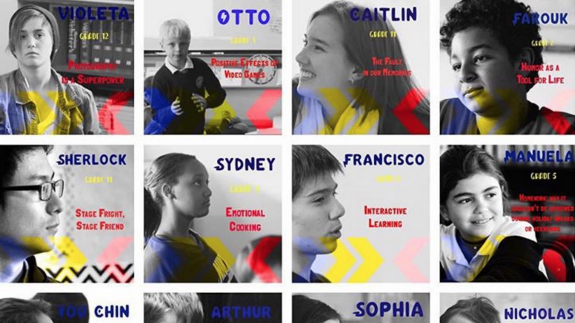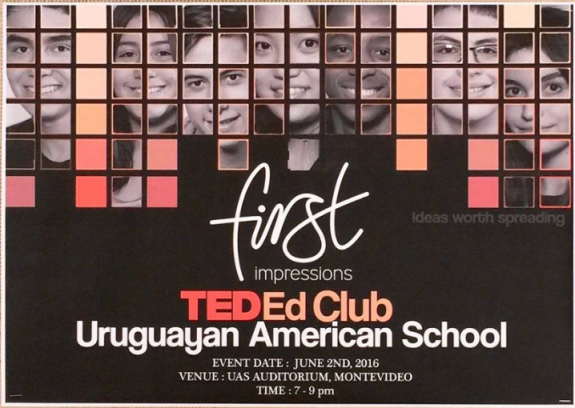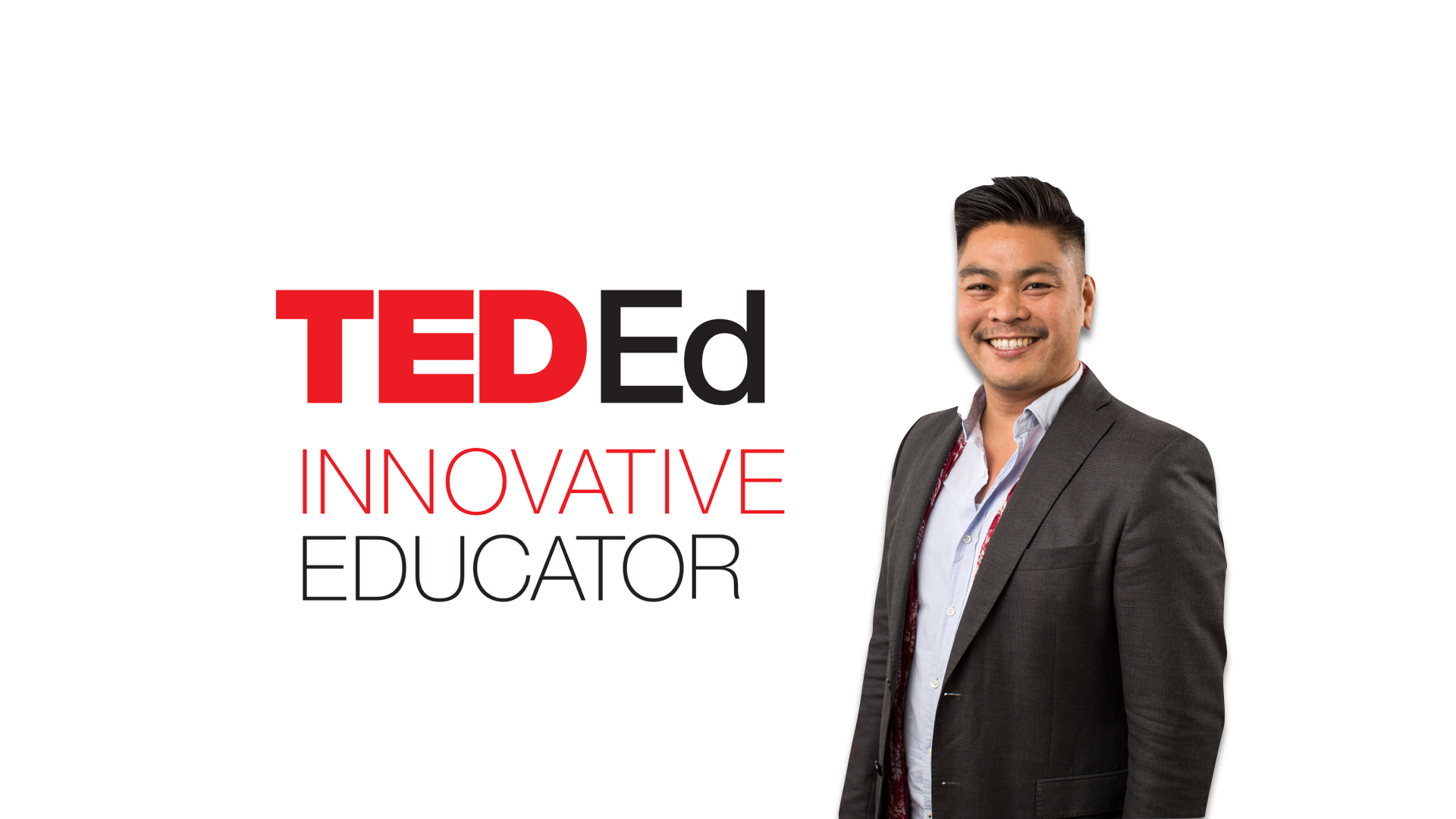
How to connect teachers in international schools
“Teachers tend to work in islands, with few opportunities for professional development,” says English teacher Josefino Rivera, Jr. “This is especially true for teachers at international schools, where the closest English speaking school is sometimes in the neighboring country.” To share what he’s learned during six years of teaching internationally (and three years of teaching in a public high school in California), Rivera started a blog series about international education for his TED-Ed Innovation Project. The series explores topics such as multilingual classrooms, local and expat commonalities and divides, and how to use TED-Ed Clubs and TEDx events to break down barriers in schools. This new resource for international educators has been highlighted by the Association of American Schools in South America (AASSA). Read an excerpt by Rivera below — and then read the full series here.
The benefits of TED-Ed and TEDx at Asociación Escuelas Lincoln, the American International School of Buenos Aires
In 2014, I added TED-Ed Clubs to the school’s offering of extracurricular activities. The benefits of what came from this club were unimaginable two years prior when we began. Here are three:
Multidivisional collaboration within one international school: A common thread in every multidivisional international school I’ve worked in is the disconnection among the elementary, middle, and high school divisions. This is usually due to logistical reasons like sharing one cafeteria, thus staggering the use of combined facilities through completely separate schedules.
Lincoln was the same. However, all three ES, MS, and HS TEDEd Clubs met after school on Mondays. Some weeks we worked all together when we were building community, sharing ideas, and reflecting that required all students. Other times we differentiated into divisional groups for more specific age-appropriate support. Regardless, we were one community.
This multidivisional collaboration spread beyond the students. Teachers, support staff and parents from all divisions volunteered to support the TED-Ed Clubs. A primary school teacher with theater directing experience became our Stage Manager for the TEDxAsociaciónEscuelasLincoln Event. A high school art teacher created our brand materials. A high school math teacher made our website. A parent with lots of event planning experience designed the breakout stations area. Together, we showcased the skills our community had.
The development of the importance and the authenticity of student voice: By far, the most important benefit was that students started to believe that their voice mattered, not just for their teachers to get a grade, or even for their peers for social status, but for the larger community. For example, a graduated senior from the class of 2016, Caio Brighenti, delivered an informational talk called “Understanding Climate Change.” His talk was so well researched that the biology department at the school has now included it in the curriculum.
Florencia Petrikovich, another graduated senior from the class of 2016, gave a talk called “Speak Up and Go From There”. When it was published to TEDx’s YouTube Channel, a professional nurse in the USA, miles from Buenos Aires, commented on how powerful her speech was and how Florencia’s words empowered her. Analia Wu, from the same graduating class, gave a funny and powerful talk called “The ‘F’ Word” or ‘failure’. Her talk currently has over 1,700 views. And finally grade 6 student, Diego Meneses Ballesteros, spoke about an important phenomenon to international schools — Third Culture Kids. His talk is now one of the model talks on TED-Ed’s YouTube Channel in the TED-Ed Club Picks Playlist.
The opportunity to connect international schools: On Thursday, April 14, I presented at the Association of American Schools in South America’s (AASSA) annual educator conference on the various TED platforms and how to effectively use them in education to develop student voice and unify schools. As a result of collaboration among teachers within AASSA, Joe Koss at the Uruguayan American School began a TED-Ed Club at his school. Eight students delivered talks last week and their fnas across the chraco are anxiously awaiting their videos!
This article is part of the TED-Ed Innovation Project series, which highlights 25+ TED-Ed Innovation Projects designed by educators, for educators, with the support and guidance of the TED-Ed Innovative Educator program.
Featured image credit: iStock




